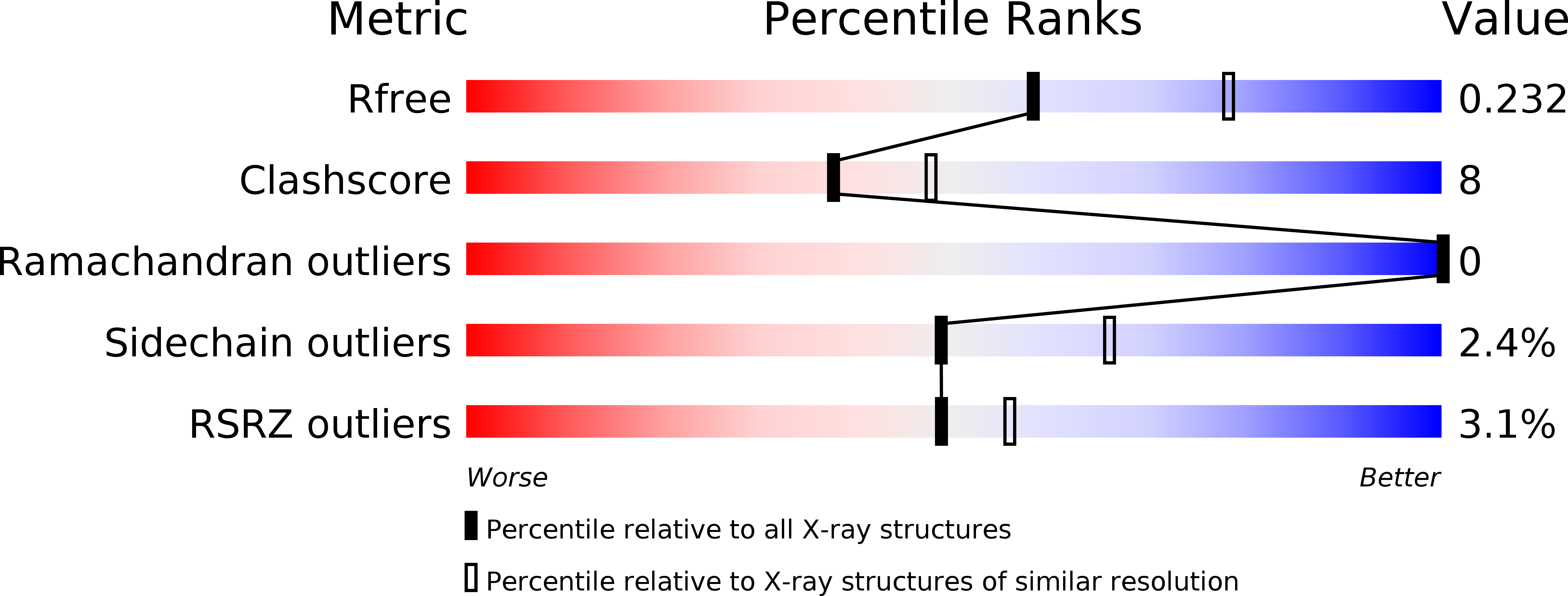
Deposition Date
2008-05-26
Release Date
2008-07-29
Last Version Date
2024-10-30
Entry Detail
PDB ID:
3D94
Keywords:
Title:
Crystal structure of the insulin-like growth factor-1 receptor kinase in complex with PQIP
Biological Source:
Source Organism:
Homo sapiens (Taxon ID: )
Host Organism:
Method Details:
Experimental Method:
Resolution:
2.30 Å
R-Value Free:
0.23
R-Value Work:
0.19
R-Value Observed:
0.19
Space Group:
H 3 2


